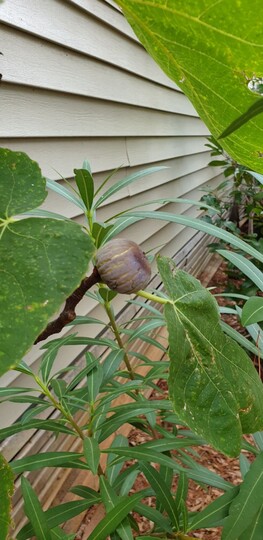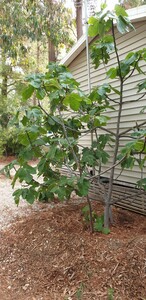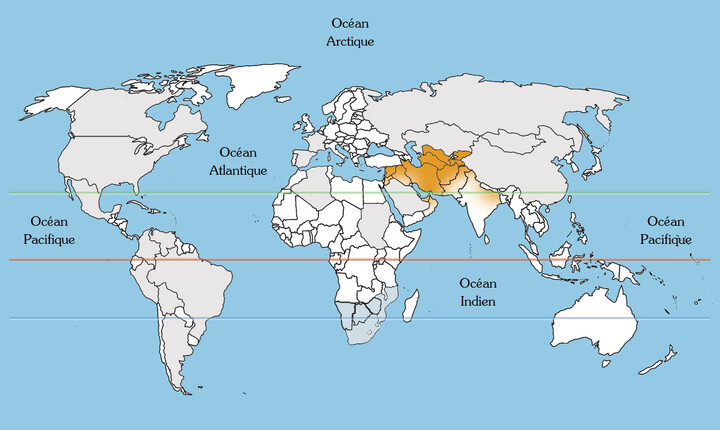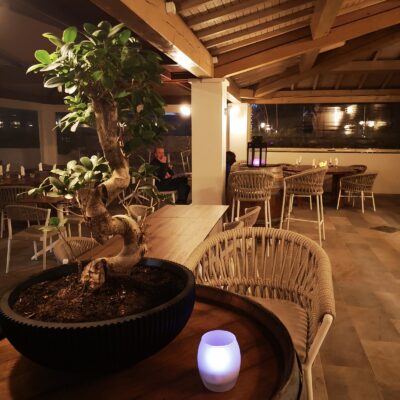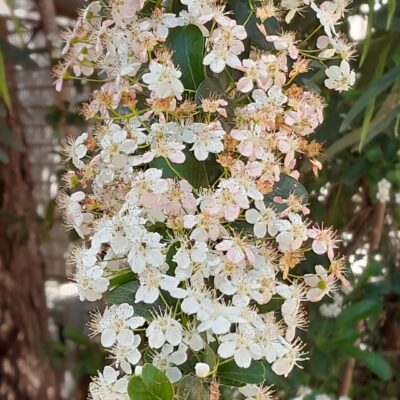Fig tree
Presentation
A typical fruit tree of the Var area
There is just one fig tree growing at our four-star campsite Les Jardins de La Pascalinette® – camping 4 étoiles.
Even if it quite resistant to cold temperatures (up to -15°C depending on the variety), the fig tree is still an essentially Mediterranean variety that doesn’t like to be in the shade (even if it gives us some!). It flourishes in warm, sunny locations which allow its fruit – figs – to ripen.
Figs can be pale green or purple in colour depending on the variety. They can be eaten fresh, in jams or dried and are an essential part of the thirteen desserts served with Provence’s traditional Christmas meal…
Appreciated as far back as Antiquity, the fig is considered as the oldest fruit grown by man. The fig tree is the second tree mentioned in the Bible, after the tree of knowledge.
An elaborate fruiting process
Unlike many fruits, which rely on pollination by insects or the wind, the fig is endowed with an internal pollination system. The male and female flowers are found inside the syconium (bag-shaped fruit). Small insects such as fig wasps (which are specific to the fig tree) enter the syconium through a small opening to lay their eggs. While doing so, the wasps unintentionally pollinate the female flowers.
The fig tree’s fruiting process is a fascinating example of how plants have adapted to their environment over the years and learned to interact with specific pollinators in order to produce delicious and nutritious fruit.
Macerated fig buds promote digestion and sleep. The “fig milk”, which is contained in all parts of the fig tree, can be used to treat warts and corns.
Where to find it at the campsite
You’ll find our fig tree in the “Jardin de la Pascalette” (nr. 19 on the botanical footpath plan).
Identity
| Latin name : | ficus carica |
|---|---|
| Family : | moraceae |
| Genus : | ficus |
| Species : | carica |
| Color : | Green leaves / Purple, yellow or green fruit according to the variety |
| Origin : | Middle East |
| Foliage : | Deciduous |
| Port : | Fruit tree, perennial |
| Height : | Up to 10 m |
| Flowering : | Spring - summer |
Did you know?
The fig tree used to be thought to have magical powers.

